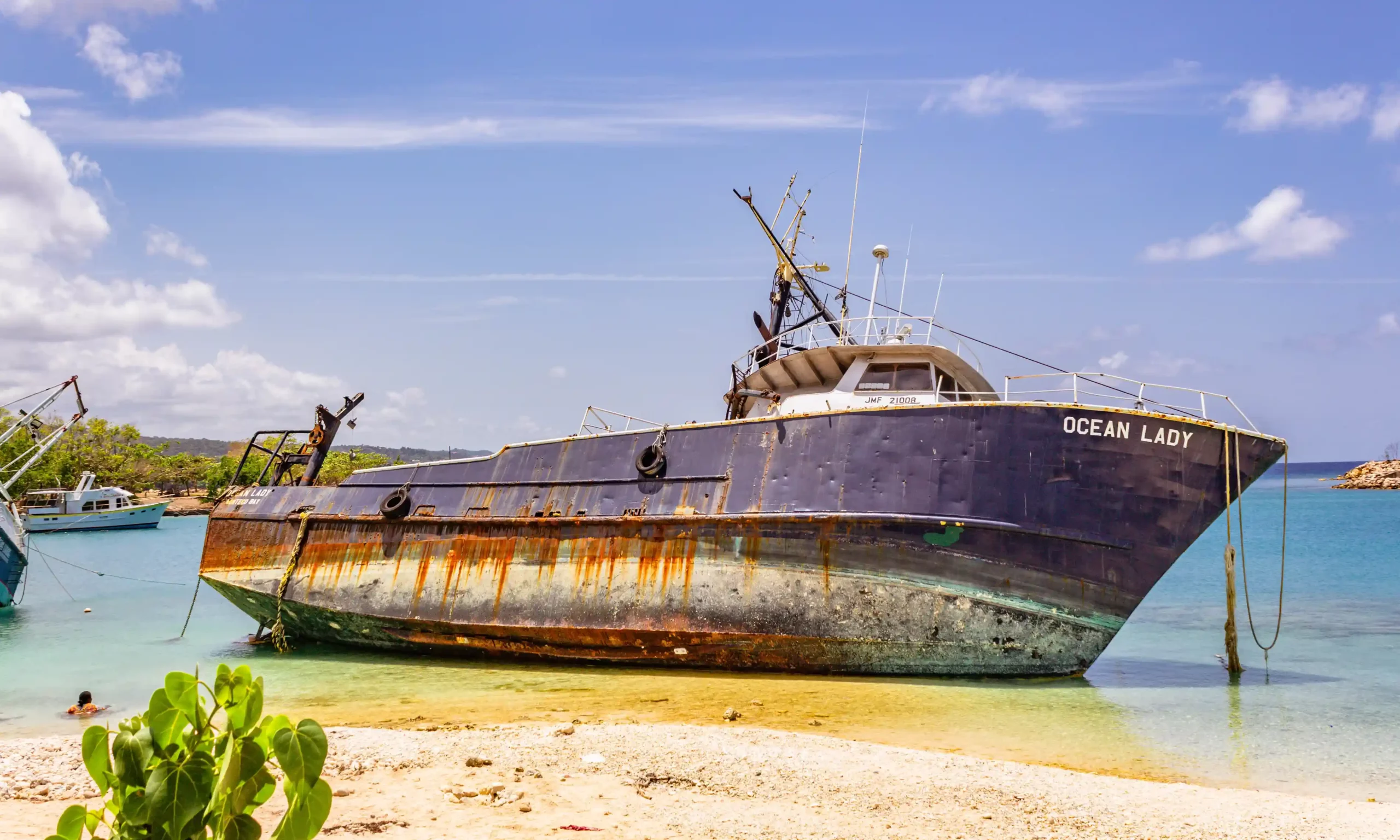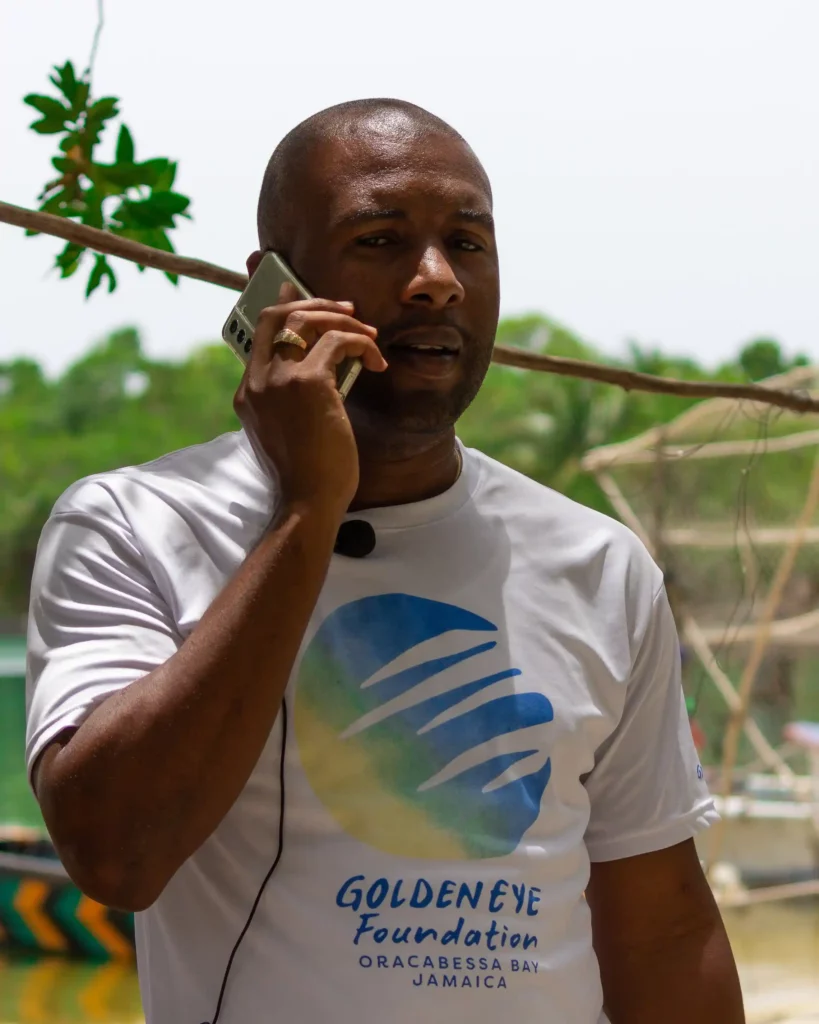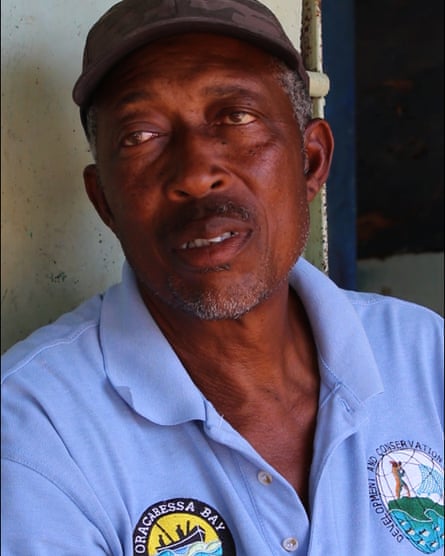
‘I’ve never seen anything like it’: can Jamaica adapt to the Caribbean’s increasingly unpredictable weather?
The Guardian by Gladstone Jones
In February, a cold front turned into a storm causing millions in damage – and highlighted a new and urgent need for adaptation and mitigation projects.
On 5 and 6 February, a combination of heavy rain and tides hit Jamaica’s north coast about 130 miles west of the capital, Kingston. The storm destroyed a breakwater, causing flooding as well as damage to boats throughout the region.
“I’ve never seen anything like it. The sea rose to the top and rushed through the facilities,” says Travis Graham, a fisher in Oracabessa, Saint Mary, and the executive director of the GoldenEye Foundation, an NGO promoting sustainable development on the island. “The dock was destroyed. Two large vessels used to stay in the bay, and we’ve seen them withstand even hurricanes. This event was different; it easily dragged them ashore after they crashed into each other.”
Three months after the phenomenon, which left millions of dollars of damage in its wake, researchers are still seeking answers, and the authorities are trying to find ways to adapt to the growing risks of climate unpredictability.

Although the cold fronts were forecast and do affect the region occasionally, something unusual happened this time as the rapid cold air masses of the northern winter and the warm air masses that abound in the country’s tropical region collided.
The Jamaican meteorological service first warned of the arrival of a cold front on the island on 28 January. This did not cause concern, as freezing winds and rain are often welcomed in a Caribbean country that is warm all year round. Then, on 4 February, the meteorological service announced the arrival of a second cold front, which would precede warmer weather. Under normal circumstances, the new cold front would also be good news.
What followed on 5 and 6 February was an abnormal phenomenon that hit various sections of the coastline with scattered rains, strong winds and high tides. The storm struck the sea wall on the coast of Negril, Westmoreland, destroying it and flooding roads.
Jamaica’s prime minister, Andrew Holness, toured the area to assess the full extent of the damage, and on 14 February, the minister of agriculture and fisheries, Floyd Green, promised $20m (£16m) to affected fishers.
The financial aid was welcomed but, according to local fishers, the amount is almost certainly not enough. “The fishery came here about a month later and asked us to declare our losses and ask for help,” says John Fannel, fisher and warden of the Oracabessa Bay Fish Sanctuary.
Fannel says declaring losses a month after an event might have proved difficult for some, but he and others he knows managed to submit their claims. Still, according to them, the funds are falling short and failing to go beyond covering minor patch-ups. “You also lose earnings time,” Fannel says, adding that many fishers are taking out loans to cover the costs.
While fishers in Jamaica request financial aid, the scientific community and the authorities are concerned with understanding the connection between extreme weather events and the climate crisis and preparing mitigation and adaptation measures.
According to Prof Michael Taylor, of the University of the West Indies and a member of the Caribbean Climate Studies Group Mona, the impact of the second cold front highlights the need for adaptation and mitigation projects that are nonexistent in Jamaica.

The group is responsible for The State of Caribbean Climate, a report investigating extreme weather changes and early warning signs.
Taylor says there is an observable link between the climate crisis and what is affecting the weather systems in the Caribbean. “We know climate change is changing these events and making them more unpredictable, extreme and not easy to measure,” he says. “We use attribution science to find out the role climate change plays in making events more severe and extreme. But we have to be very careful because climate change didn’t cause the event. There are other things at play besides it.”
Taylor says attribution science is essential for less developed regions, which tend to contribute less to greenhouse gas emissions but are more vulnerable to their effects. Some of the new global funds require extreme events to be attributed to the climate crisis before payments are released to repair the damage.
The loss and damage fund for developing countriesestablished at Cop28, is an example of new standards defining access to resources. Taylor says the international loss and damage fund system is still in its infancy, but it could provide the help those affected by such events need to resume their lives.
According to Lawrence Brown, section head at Jamaica’s meteorological service, developing a scientific approach to defining whether an extreme event has been influenced by the climate crisis is a step forward. “We have taken an interest in this event [February’s storms] and the effects that climate change might have had,” Brown says. “We currently have a team putting together a report about it.”

However, as the event is recent, the data is still being produced. Brown says it may take months for a final “scientific autopsy” to emerge. “The damage was significant,” he says. “Without a proper understanding of that, no report will be complete.”
Meanwhile, Fannel and other fishers are exploring ways to adapt without relying on government assistance. “Every forecast, no matter how minor, must now be taken seriously, as it could result in hurricane-level damage or worse,” Fannel says. “We can only prepare as best we can for the most extreme outcome.”


Leave a Reply